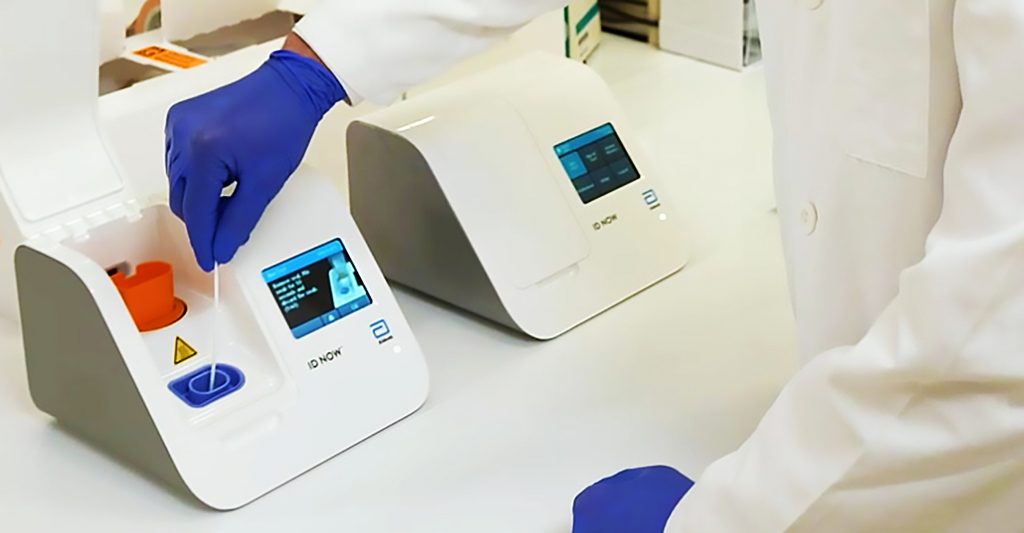What Is Herd Immunity and Could It Help Us?
How many of us need to get COVID-19 before we’re all safe? According to one expert, the answer is complicated and we are pretty far away from it.

In many ways, the United States has failed to create and implement any kind of cohesive national strategy to try to suppress the Coronavirus. Because of this, some people have started to float ideas about other approaches intended to create a feeling of safety or coordination in this time of uncertainty. One phrase that keeps popping up is “herd immunity.” But what does that actually look like? And is it a good idea or even safe to be talking about? Detroit Today host Stephen Henderson digs into this theory and talks with an expert about what herd immunity is… and what it’s not.
Listen by clicking the audio player above to find out the basics of herd immunity with Dr. Emily Martin
Guest:
Dr. Emily Martin, Associate Professor of Epidemiology at the University of Michigan School of Public Health. Martin says she usually wears a cow costume when teaching her students about herd immunity. She explains that herd immunity is about the number of people in a population who cannot be infected by a disease because they have already developed immunity to it. Because of that, the disease can’t spread through the population anymore and thus, tires out. “If everybody got infected, you wouldn’t have a lot of transmission in a community,” says Martin. “The problem is — we’re only at an immunity level of about 10 percent, so we have a long way to go.”
“If you think about a forest fire, you could say there’s still a lot of dry wood that could set fire,” explains Martin when talking about where we are currently at in terms of total population immunity. She also points out that this virus is unique. “We are seeing evidence of long term effects for lung damage, cardiac changes and [we’re] seeing people report fatigue for a long time after they have contracted COVID-19”, says Martin. As far as a light at the end of the tunnel, Martin says she is feeling optimistic about a vaccine. She says she’s never seen a disease create a coordinated effort of this size, where there are so many people working on a vaccine at the same time.
